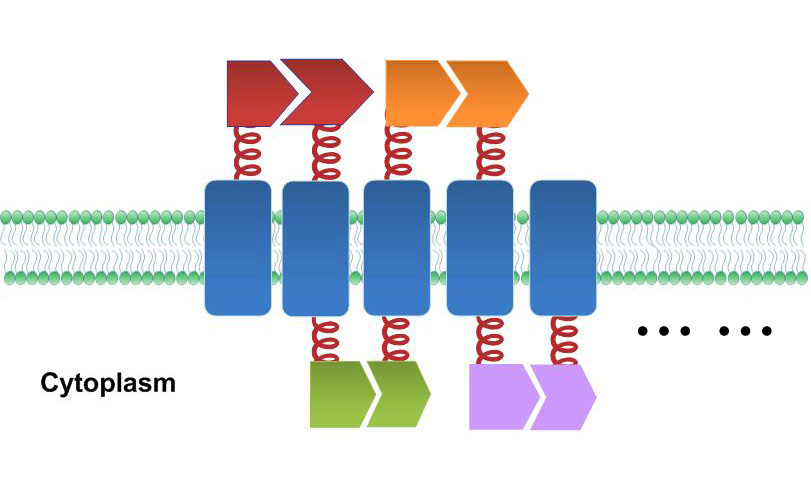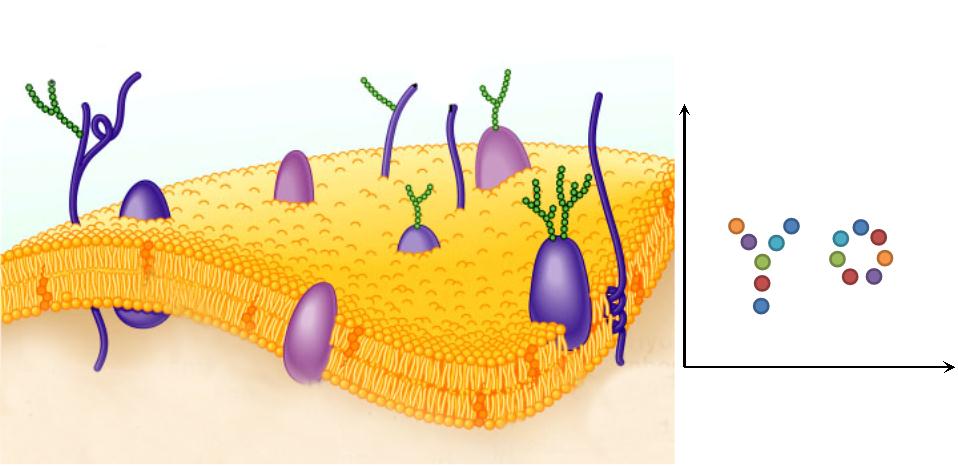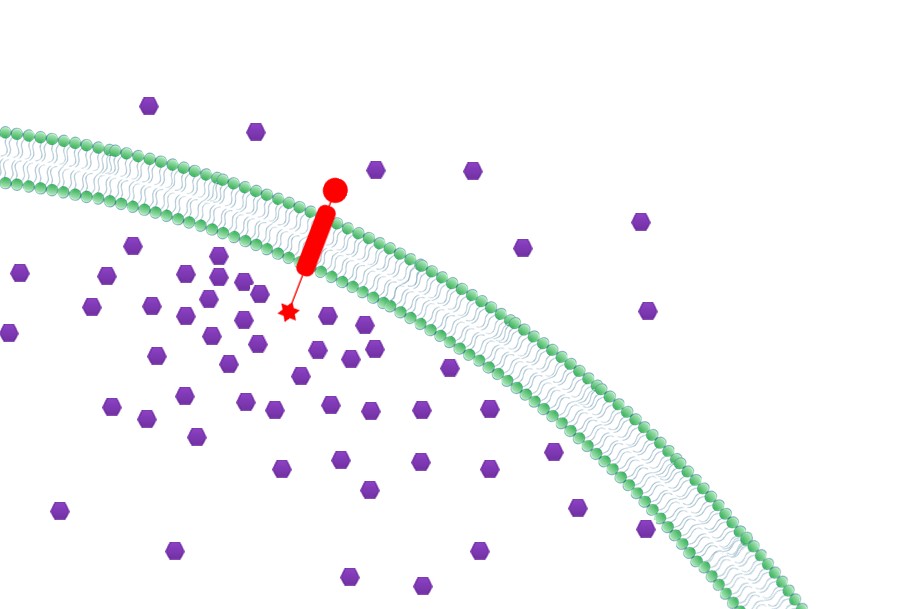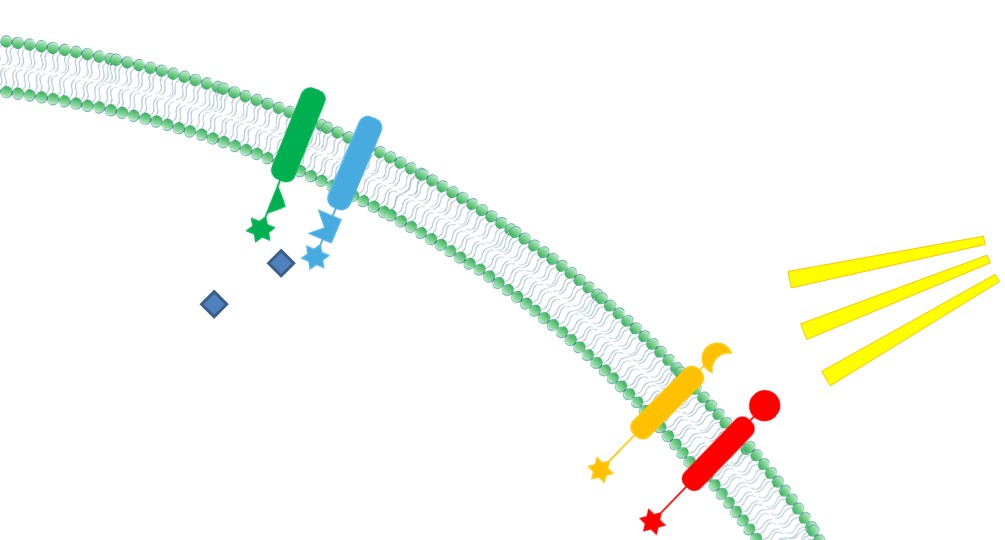Team:SJTU-BioX-Shanghai/Project
From 2012.igem.org
AleAlejandro (Talk | contribs) (→Introduction) |
AleAlejandro (Talk | contribs) (→Project Overview) |
||
| Line 32: | Line 32: | ||
Advance in molecular cloning technology has made it possible for mankind to entitle engineered organisms to different biochemical reactions. However, the speed of those enzymatic reactions is often limited because intermediates produced from upstream enzyme cannot be passed efficiently to downstream enzyme due to spatial obstacles. Thus, synthetic scaffold built to decrease distance between enzymes for speeding biochemical reactions is a rising topic with promising application prospect. | Advance in molecular cloning technology has made it possible for mankind to entitle engineered organisms to different biochemical reactions. However, the speed of those enzymatic reactions is often limited because intermediates produced from upstream enzyme cannot be passed efficiently to downstream enzyme due to spatial obstacles. Thus, synthetic scaffold built to decrease distance between enzymes for speeding biochemical reactions is a rising topic with promising application prospect. | ||
| - | Moreover, although some progress has been made in fields of | + | Moreover, although some progress has been made in fields of metabolic flux control with synthetic scaffold, these strategies remain non-dynamic. Artificially and dynamically controlling metabolic flux has remained a challenge. |
{{Template:12SJTU_part_summary_foot}} | {{Template:12SJTU_part_summary_foot}} | ||
| Line 41: | Line 41: | ||
In this year, we expanded the definition of ''scaffold'' in synthetic biology and developed two universal devices called ''Membrane Accelerator'' and ''Membrane Rudder'' respectively. Together,they made ''Membrane Magic'' happen! | In this year, we expanded the definition of ''scaffold'' in synthetic biology and developed two universal devices called ''Membrane Accelerator'' and ''Membrane Rudder'' respectively. Together,they made ''Membrane Magic'' happen! | ||
| - | Previous researchers have focused on building protein, RNA or DNA scaffold as constitutive assemblies carrying enzymes. They have succeeded in increasing product yields. However, the amount of those scaffolds could be limited by its expression or copy level, leading to restriction on further acceleration. With ''Membrane Magic'', we made ''E.coli'' membrane into a huge scaffold accommodating enzymes without limitation of scaffold amount. Moreover, protein assembly on membrane could readily receive extracellular or intracellular signal, so the whole system becomes highly tunable. | + | Previous researchers have focused on building protein, RNA or DNA scaffold as constitutive assemblies carrying enzymes. They have succeeded in increasing product yields. However, the amount of those scaffolds could be limited by its expression or copy level, leading to restriction on further acceleration. With ''Membrane Magic'', we made ''E.coli'' membrane into a huge scaffold accommodating enzymes without limitation of scaffold amount. Moreover, protein assembly on membrane could readily receive extracellular or intracellular signal, so the whole system becomes highly tunable. The superiority of Membrane Scaffold is shown in details in '''WHY MEMBRANE'' section below. |
One of our devices, called ''Membrane Accelerator'', functions by localizing and organizing enzymes on membrane surface. ''E.coli'' inner membrane serves as a two-dimensional plane that can accommodate various protein assemblies linked with enzymes. Otherwise diffusing enzymes can form clusters on membrane through interacting protein domains and ligands. Enzyme clusters help substrates flow between enzymes, and thus increase yields of sequential biological reactions. We not only applied the ''Membrane Accelerator'' into biosynthetic pathway but also biodegradation pathway, which is proposed for the first time in synthetic biology. Previous researches on synthetic scaffold controlling metabolic flux all focused on biosynthesis. | One of our devices, called ''Membrane Accelerator'', functions by localizing and organizing enzymes on membrane surface. ''E.coli'' inner membrane serves as a two-dimensional plane that can accommodate various protein assemblies linked with enzymes. Otherwise diffusing enzymes can form clusters on membrane through interacting protein domains and ligands. Enzyme clusters help substrates flow between enzymes, and thus increase yields of sequential biological reactions. We not only applied the ''Membrane Accelerator'' into biosynthetic pathway but also biodegradation pathway, which is proposed for the first time in synthetic biology. Previous researches on synthetic scaffold controlling metabolic flux all focused on biosynthesis. | ||
| Line 64: | Line 64: | ||
|[[File:12SJTU Why membrane1.png|300px|right|thumb|''Fig.3:'' Natural Scaffold]] | |[[File:12SJTU Why membrane1.png|300px|right|thumb|''Fig.3:'' Natural Scaffold]] | ||
|- | |- | ||
| - | |2. '''Two-Dimensional Plane: ''' Membrane Scaffold changes restricted the reaction space to a two-dimensional plane | + | |2. '''Two-Dimensional Plane: ''' Membrane Scaffold changes restricted the reaction space to a two-dimensional plane compare to discrete scaffold. Moreover, we can organize enzymes in 2D pattern on membrane to further facilitate metabolic flux.(As shown in application in [https://2012.igem.org/Team:SJTU-BioX-Shanghai/Project/project2.3 DBT desulfurization]) |
|[[File:12SJTU Why membrane2.jpg|300px|right|thumb|''Fig.4:'' Two-Dimensional Plane]] | |[[File:12SJTU Why membrane2.jpg|300px|right|thumb|''Fig.4:'' Two-Dimensional Plane]] | ||
|- | |- | ||
Revision as of 01:52, 27 October 2012
| ||||||||||
|
 "
"




